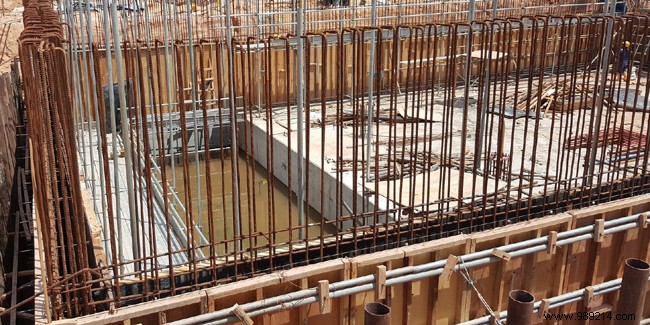
The ten-year insurance applied to the building engages the responsibility of a builder on the sites he has taken charge of and this, for a period of ten years. This insurance covers damage appearing at the level of the infrastructures and not the fittings.
The liability of manufacturers is not new. It dates back to the Civil Code of 1804. Over time, laws have been strengthened in this area in order to better secure consumers. In the insurance sector too, schemes covering the liability of these manufacturers have been put in place. Among them is the ten-year insurance. This is a strong protection provided to owners in the event of significant damage appearing on a property built or renovated.
Clearly, after a construction site, if damages appear and make the property unsuitable for its destination or compromise its solidity, the responsibility of the builder is engaged. It can be a real estate developer, a contractor, a consulting engineer, a design office, a technician, an architect or even a developer. This ten-year guarantee is valid for an incompressible period of ten years from the delivery of the site, which is accepted in writing. For an individual, it is imperative to demand the insurance certificate from his builder before the start of the work, because in the event of claims, no recourse will be possible in the absence of the document. More details on the insurance here or here.
Attention, it is also not possible to use the ten-year guarantee from the slightest defect appearing on the construction. This insurance exclusively covers damage of a ten-year nature, in other words, defects which call into question the solidity of the structure and its inseparable equipment or which render it unsuitable for its purpose. As a general rule, it is applied to large structures such as the roof, walls or frame. Movable and other elements included in small works such as sanitary facilities or doors and windows are not covered. Purely aesthetic defects such as small cracks that have no impact on the solidity of the building are also excluded.
It is important not to confuse the ten-year guarantee with other forms of insurance such as professional civil liability for example. The latter is useful above all to cover physical damage caused to third parties during the activity or to cover material damage. In addition, it is necessary to make the difference between ten-year guarantee and two-year guarantee and guarantee of perfect completion. The first is valid for two years and covers equipment that can be dissociated from the construction (coverings, windows, doors).
The second applies to poor workmanship or defects appearing on the site one year after construction. Finally, there is also damage insurance. This is an offer taken out by the project owner and not the project manager, which covers all damages of a ten-year nature. It thus makes it possible to receive compensation for repair costs more quickly in the event that disputes arise on the ten-year guarantee and cause the coverage to drag out.